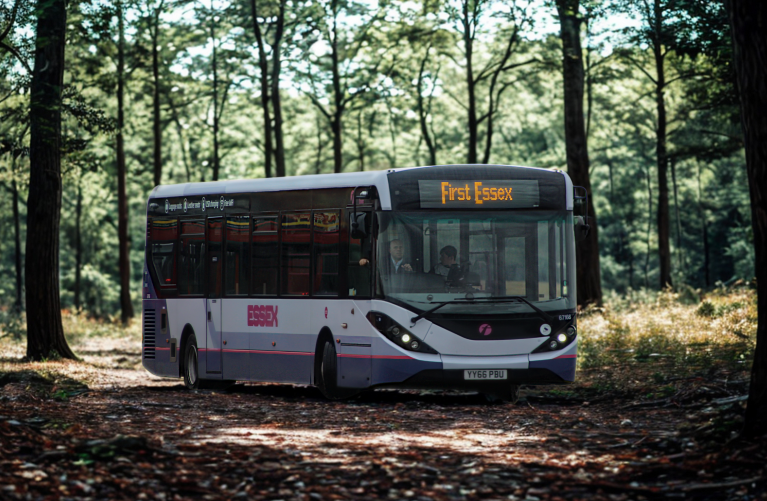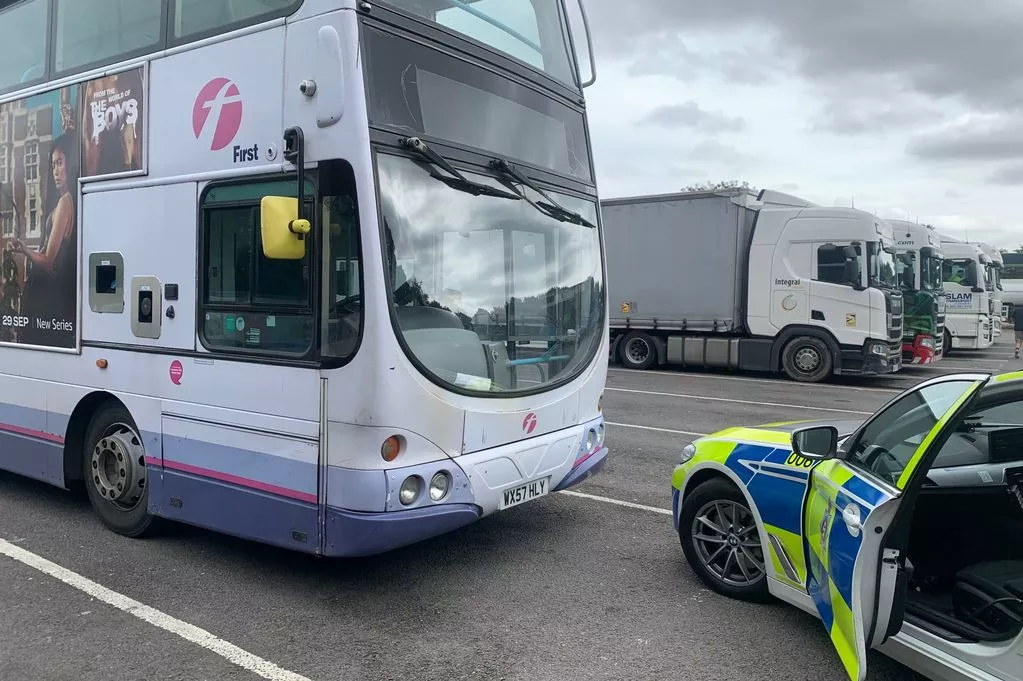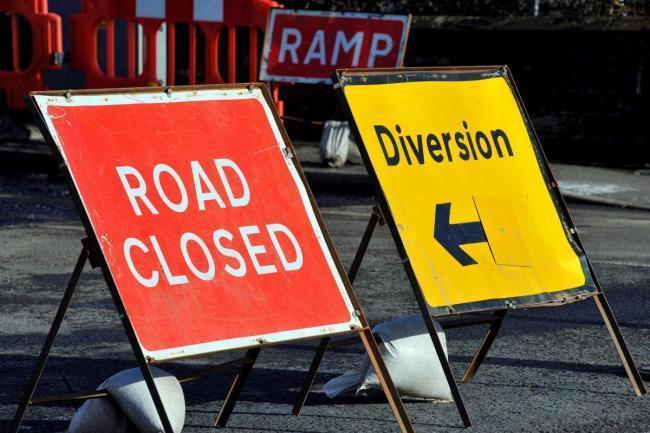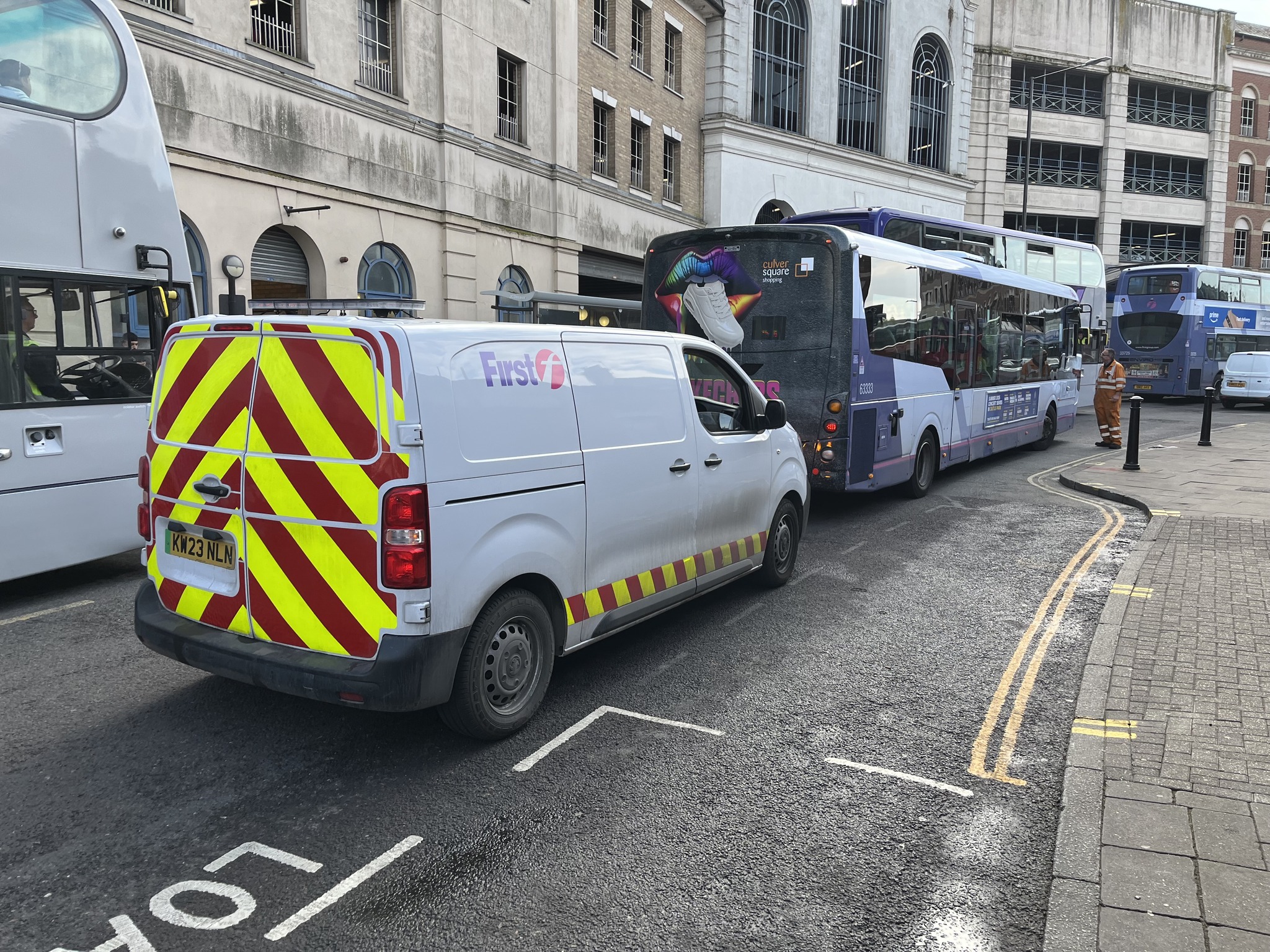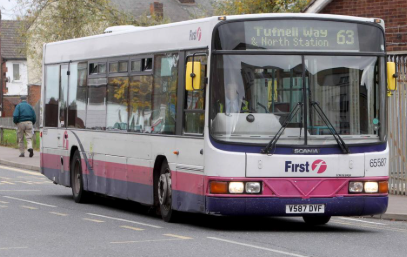New AI cameras installed in busy Essex city to deter pigeons loitering
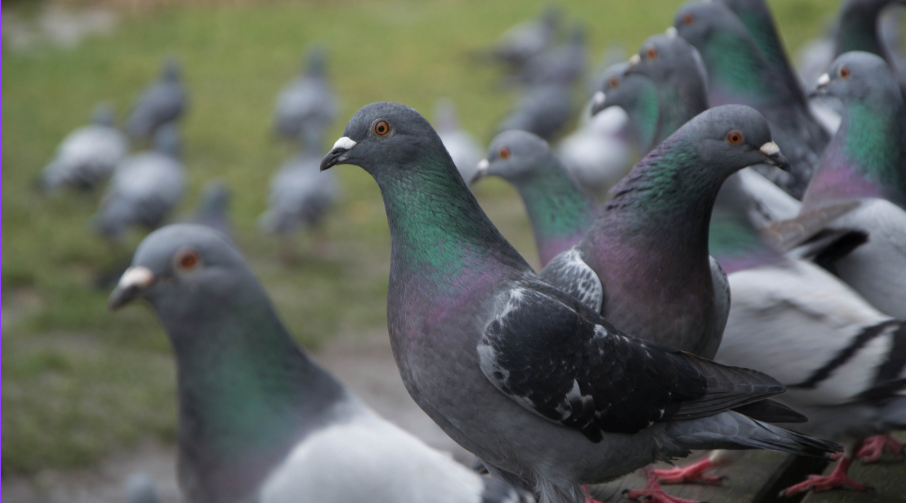
The system activates a range of deterrents when pigeons are detected
Authorities in Chelmsford have installed a network of AI-powered surveillance cameras in key locations to tackle an ongoing problem: pigeons loitering in public spaces.
The high-tech cameras, typically used for detecting crime and anti-social behaviour, have been adapted to identify and discourage groups of pigeons that refuse to move on.
Council officials say the initiative follows “numerous complaints” from residents and business owners who claim the birds congregate in large numbers, often lingering for hours without apparent purpose.
Advertisement
Council spokesperson Mr Crow stated that pigeons have been “exploiting public spaces for too long,” adding that they gather in large flocks, make excessive noise, and leave behind an unacceptable mess. “Our AI technology will help put a stop to this behaviour,” he said.
The system, which was originally designed for crowd control, has been trained to identify pigeons based on movement patterns and feather density.
When a group of pigeons is detected, the system activates a range of deterrents. These include automated clapping sounds to startle the birds, targeted gusts of air from discreetly placed vents, and an ‘aggressive staring’ protocol using LED screens displaying large, unblinking eyes.
Advertisement
The council insists the measures are humane and designed to encourage pigeons to move elsewhere. “We’re not anti-pigeon,” Mr Crow clarified. “We simply want them to respect the space and not loiter indefinitely.”
Local residents have expressed mixed views on the AI initiative. Some business owners have welcomed the move, saying it will help reduce mess and disruption in public areas.
Sarah, a café owner, said, “It’s about time something was done. These pigeons act like they own the place.”
Advertisement
However, animal welfare groups have raised concerns, with one activist describing the policy as “state-sanctioned avian discrimination.”
The Essex Bird Appreciation Society has warned that the pigeons may simply relocate to less regulated areas, such as people’s gardens.
Early reports suggest that the system has had some unintended consequences. In one incident, a man wearing a grey coat was mistakenly identified as a ‘high-threat pigeon’, triggering an automated response that sent a blast of air in his direction.
Advertisement
Meanwhile, a group of particularly defiant pigeons in the High Street have reportedly learned to outsmart the system by standing completely still for long periods, confusing the AI into thinking they are statues.
Despite these teething problems, the council remains optimistic. A spokesperson confirmed that an ‘advanced pigeon deterrent update’ is in development, which may include projecting images of hawks onto nearby buildings.
For now, residents are advised to remain vigilant, and pigeons are encouraged to find alternative areas to loiter.
Share article
Comments
Please abide by our Community Guidelines at all times. Abuse or misuse of the comments system will result in a ban.
Advertisement
Get involved with the news
We love to hear from our readers. If you have a story to share, or have a question about our news coverage, get in touch.
Popular stories
Latest articles
Share article

